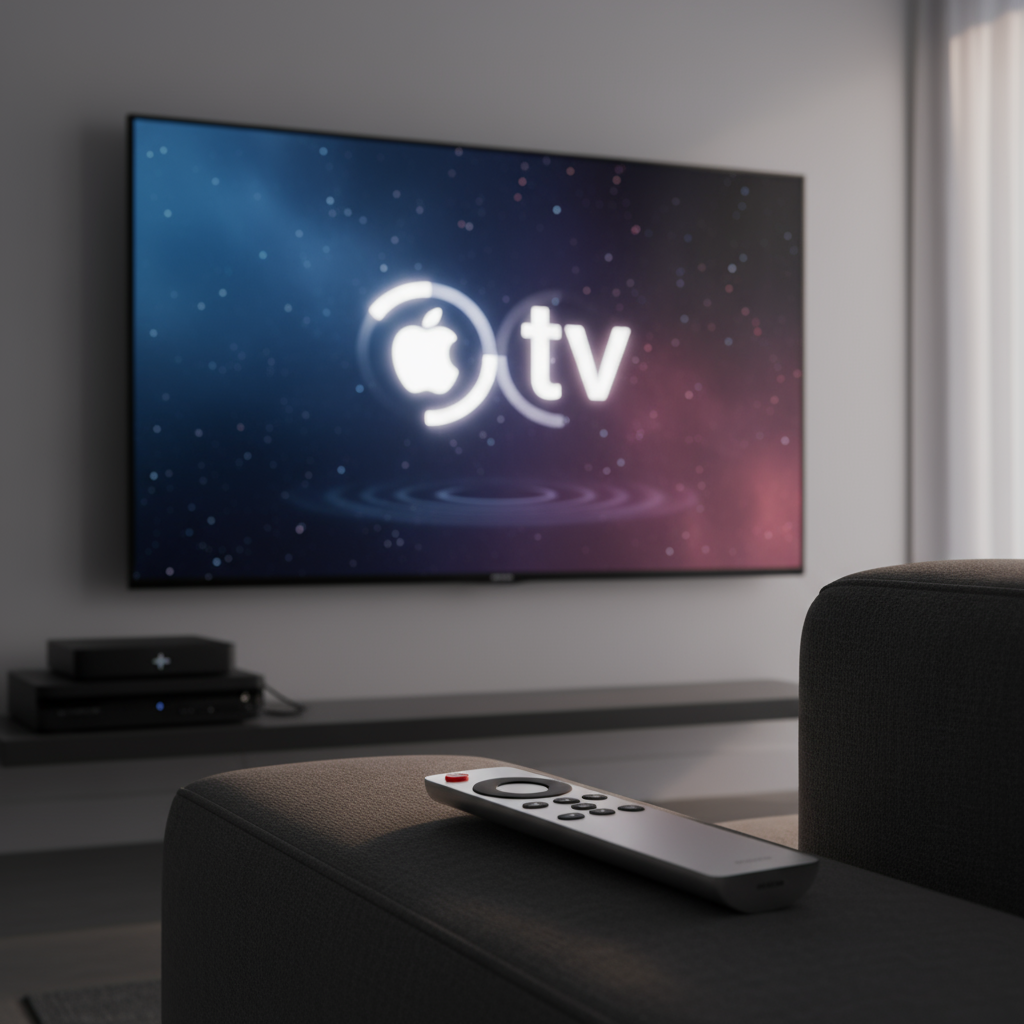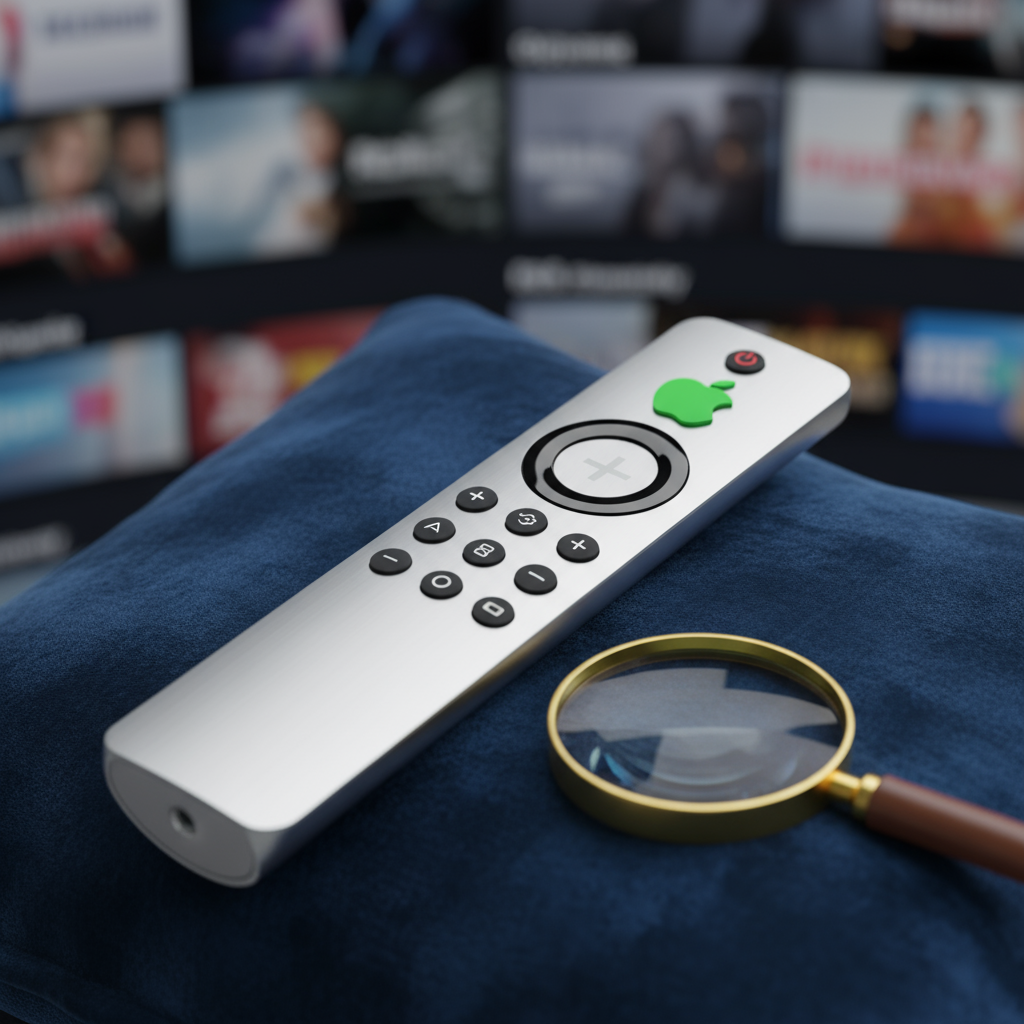Apple TV+ is Now Just Apple TV: A Tale of Streaming Service Identity

The streaming landscape is a constantly shifting canvas, and in recent months, it’s felt like a game of musical chairs with brand names. We’ve witnessed Warner Bros. Discovery perform a baffling U-turn, bringing HBO Max back from the brink of oblivion. Disney, in its quest for global entertainment domination, integrated Hulu content and rebranded its international Star hub within Disney+. Now, it’s Apple’s turn to join the rebranding party, though with a decidedly understated approach. The news, quietly unveiled at the end of a recent announcement, confirms that Apple TV+ is officially shedding the “+” and is now simply known as Apple TV. But what does this seemingly minor change really signify?
The Curious Case of the Missing Plus Sign

For those of us who’ve navigated the ever-growing labyrinth of streaming options, the “plus” sign has become synonymous with a standalone, subscription-based service. Disney+, Paramount+, ESPN+, Apple TV+ – the pattern was clear. It denoted a premium offering, distinct from a broader platform or traditional broadcast. So, the removal of this seemingly integral symbol from Apple TV+’s name is more than just a typographical adjustment; it’s a strategic repositioning.
This subtle shift suggests Apple is aiming for a more holistic brand identity. Before its streaming service launched, “Apple TV” already existed as a hardware device and a content aggregation app. The “plus” was necessary to differentiate the original content service from these established entities. Now, it seems Apple is confident enough in its content library and brand recognition to unify everything under one banner. It’s a move that echoes Google’s consolidation of its various services under the overarching “Google” umbrella, or even Amazon’s Prime Video existing within the broader Amazon Prime ecosystem.
More Than Just a Name: Consolidating the Ecosystem
This rebrand isn’t just about a shorter name; it’s about simplifying the user experience and clarifying Apple’s streaming strategy. For years, the term “Apple TV” has been multi-faceted. It referred to the physical streaming box, the app on various devices that aggregated content from different services, and finally, the subscription service with Apple’s original programming.
By streamlining the name to “Apple TV,” Apple is likely trying to present a unified front. The app now houses both its original content and content from other subscription services you might have. The name change makes it clear that the “Apple TV” app is your central hub for all things video, with Apple’s award-winning original shows and movies being a core component of that experience, rather than a separate, “plus” offering.
Consider the potential confusion for new users. Someone might download the “Apple TV” app, only to realize the “Apple TV+” content requires a subscription. By making it all “Apple TV,” the marketing message becomes simpler: “Go to Apple TV for great entertainment.” The slight ambiguity could actually work in their favor, gently guiding users towards their premium content within a familiar interface.
Learning from Streaming Service Branding Mishaps (and Successes)
Apple’s quiet rebrand stands in stark contrast to some of the more dramatic branding sagas we’ve witnessed recently. The HBO Max to Max to HBO Max journey was a masterclass in how *not* to handle a rebrand, causing confusion and frustration among long-time subscribers. It highlighted the importance of clear communication and understanding your audience’s emotional connection to a brand.
On the other hand, Disney’s integration of Hulu content into Disney+ (and the rebranding of the Star hub internationally) demonstrates a strategic consolidation aimed at offering more value under a single subscription. While not without its initial design challenges, the underlying goal was clear: to create a single, powerful entertainment destination. Apple, with its history of elegant simplicity and user-centric design, seems to be taking a leaf out of this book, albeit with a subtler approach.
The lessons are clear: branding in streaming is about more than just a logo or a catchy phrase. It’s about managing user expectations, simplifying navigation, and ultimately, delivering a cohesive and compelling entertainment experience. Apple’s move suggests they are prioritizing clarity and integration over a distinct, “plus” branded identity.
The Future of Apple TV: Simplicity as a Strength?
In a world saturated with streaming options, simplicity can be a powerful differentiator. Apple has built its empire on intuitive design and straightforward user experiences. The decision to revert Apple TV+ to just “Apple TV” aligns perfectly with this philosophy. It reduces mental overhead for consumers and reinforces the idea that all video entertainment, at least within the Apple ecosystem, lives under one roof.
This change also reflects Apple’s growing confidence in its original content. What started as an ambitious, somewhat fledgling service with a relatively small library has blossomed into a critically acclaimed powerhouse, racking up Emmys and Oscars for shows like “Ted Lasso,” “Severance,” and films like “CODA.” The original content is no longer an add-on; it’s a foundational pillar of the Apple entertainment offering. By dropping the “plus,” Apple is implicitly stating that its premium content is fundamentally part of the broader “Apple TV” experience, not a separate, optional extra.
Conclusion
The rebranding of Apple TV+ to simply Apple TV might seem like a small detail in the grand scheme of the streaming wars. Yet, it speaks volumes about Apple’s strategic vision. It’s a move towards greater integration, simplified branding, and a clearer delineation of its role as a central entertainment hub. In a crowded and often confusing market, Apple is banking on the power of simplicity to attract and retain users. Only time will tell if this understated rebrand truly helps clarify its position and strengthens its foothold in the ever-evolving world of digital entertainment.

